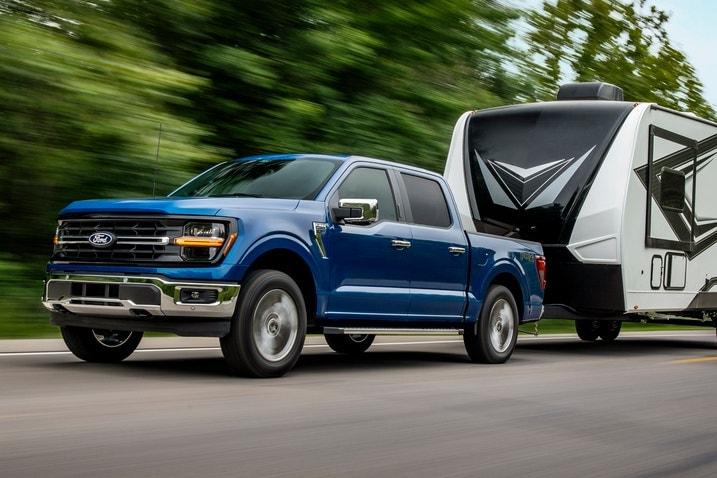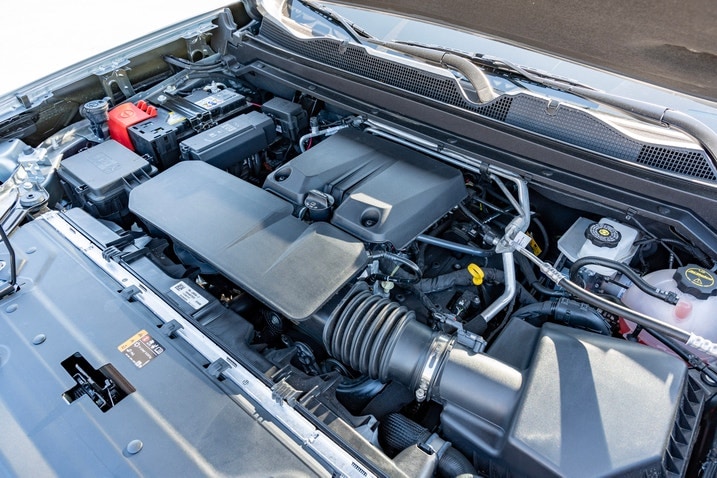Torque is a measurement of rotational force. It’s measured most commonly in the U.S. in pound-feet, where one pound-foot is the amount of force generated by one pound of weight on a 1-foot lever perpendicular to a central pivot.
If you’re tightening a bolt, for example, the amount of force you apply to your wrench multiplied by the length of your wrench would equal the torque you’re putting on the bolt. In much less scientific terms, torque describes how much oomph your car’s drivetrain can put out at a given rpm.
Lots of factors can change how much torque is generated in a vehicle and where within the engine’s rpm range it’s generated. An electric motor, for example, generates its maximum amount of torque at 0 rpm, while a high-revving sports car might not get its peak torque until 5,000 rpm. It all comes down to design and intended use case.
How torque is calculated
A vehicle’s torque output can be calculated in several different ways. First, and most commonly advertised, is engine torque measured at the crankshaft by an engine dynamometer. This means that the engine being tested isn’t installed in a vehicle, and because there’s no loss of efficiency by going through a transmission and differential, the number is higher.
An engine dynamometer connects directly to the engine’s crankshaft and uses a predetermined load to determine the force with which the engine can act. There are other kinds of dynamometers (aka dynos), too, like a chassis dynamometer.
A chassis dyno measures the engine’s power and torque in the same way, except that it measures them at the vehicle’s wheels, giving a more realistic view of the amount of torque that’s actually delivered to the wheels. These can use large drums that are spun by the vehicle’s wheels and tires, or they can be bolted directly to the vehicle’s wheel hubs.
Measuring an engine’s torque at the wheels is different than measuring wheel torque. This is a much less common method of describing a vehicle’s torque, and because of the mechanical advantage given by your vehicle’s transmission and differential, the resulting measurements are much higher. Some electric vehicle manufacturers offer wheel torque ratings in their advertising, which, while not technically untrue, can be misleading.
Torque vs. horsepower
Torque is the force that lets a vehicle accelerate, maintain its speed, or slow down. Horsepower, on the other hand, determines how quickly a car accelerates. Torque helps the engine work, but horsepower allows the engine to generate more torque. You need more torque and more horsepower when moving heavy loads fast.
In a vehicle, the greater the horsepower, the higher the torque potential. For race cars, the torque is used for speed. A tractor uses horsepower to pull heavy weights.
Should you purchase a vehicle with more horsepower or more torque? It depends on how you plan to use the car. You need more horsepower if you prefer a faster vehicle and more torque if you want a vehicle that carries heavy loads.

